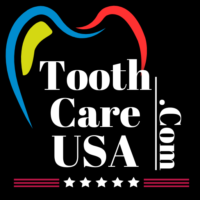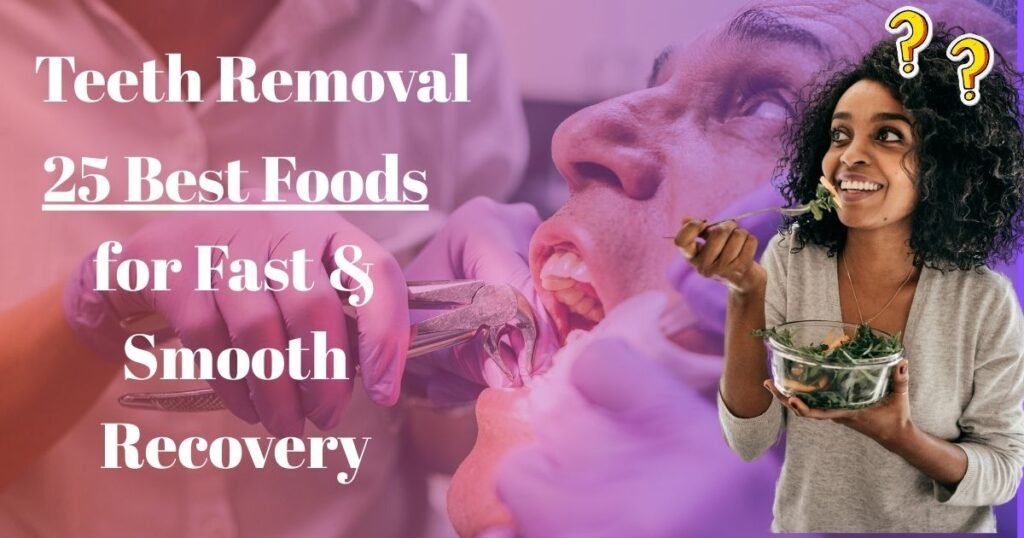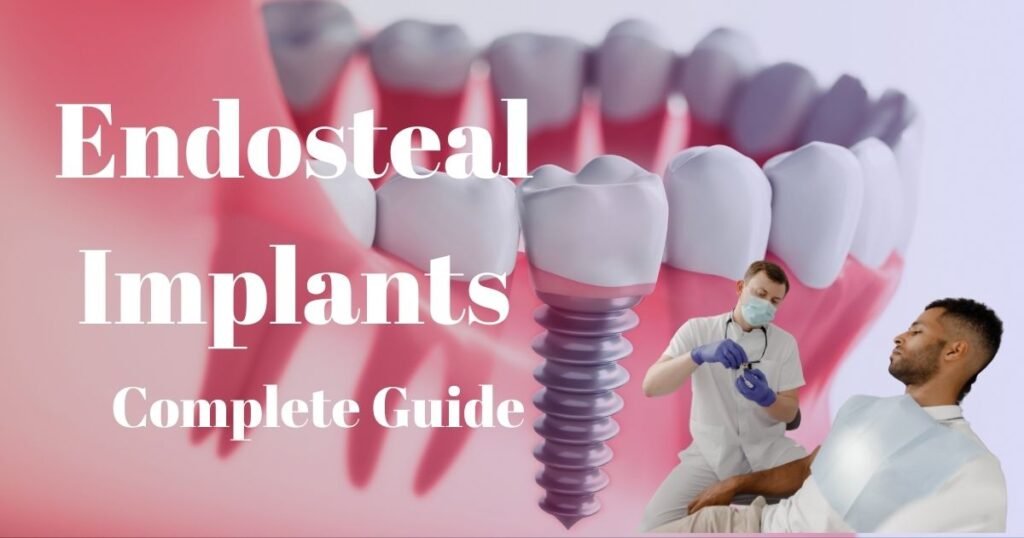Wisdom teeth removal is a common dental procedure that requires a proper recovery period. Eating too soon or consuming the wrong foods can lead to complications such as pain, swelling, infection, or dry socket. Understanding when and what to eat after surgery can help ensure a smooth healing process.
Wondering how long after wisdom teeth removal can I eat? Discover when to start eating, the best food choices, and tips for a smooth recovery!
When Can You Eat After Wisdom Teeth Removal?
First 24 Hours
Immediately after surgery, it is best to avoid eating solid foods. Stick to liquids and very soft foods to prevent irritation at the extraction site. Soups, broths, and smoothies are good options. Avoid using a straw, as the suction can dislodge the blood clot, leading to dry socket.
24 to 48 Hours
Soft foods can be introduced, but they should not require much chewing. Mashed potatoes, yogurt, oatmeal, and blended soups are suitable. Hot foods should be avoided as they can increase swelling.
3 to 5 Days
More solid yet soft foods can be added to the diet. Scrambled eggs, soft pasta, steamed vegetables, and ripe bananas are good choices. It is important to continue avoiding crunchy, spicy, or hard foods that could irritate the extraction site.
1 Week and Beyond
Most people can resume their normal diet after a week, but very hard or sticky foods should still be avoided. It is best to introduce tougher foods gradually, paying attention to any discomfort or sensitivity. Complete healing may take up to two weeks.
Best Foods to Eat After Wisdom Teeth Removal

First 24 Hours
- Broths and clear soups
- Smooth yogurt
- Applesauce
- Protein shakes
- Blended smoothies (without seeds)
Soft Foods for the Next Few Days
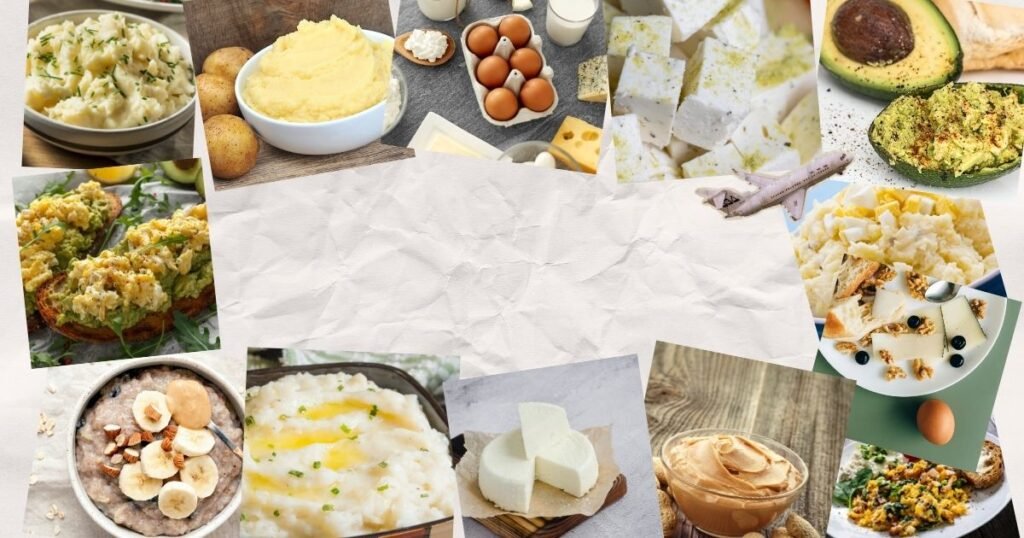
- Mashed potatoes
- Scrambled eggs
- Oatmeal
- Cottage cheese
- Soft avocado
- Soft peanut butter
Soft Solid Foods (After 3-5 Days)
- Soft pasta
- Cooked rice
- Steamed vegetables
- Soft bread without crust
- Soft fish or shredded chicken
Foods to Avoid
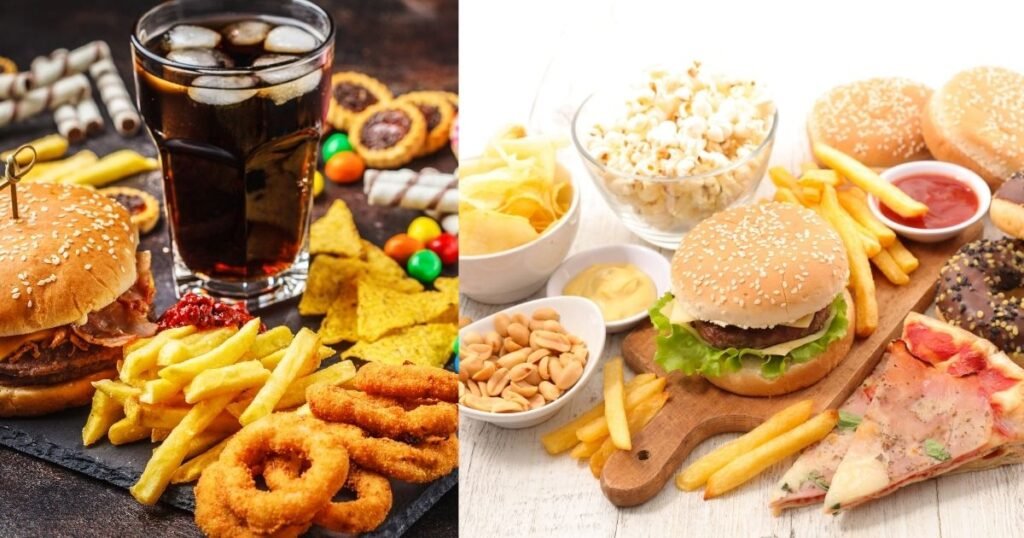
Certain foods can delay healing and should be avoided for at least a week after surgery.
- Crunchy foods like chips, popcorn, and nuts
- Hard foods like raw vegetables and crusty bread
- Sticky foods such as caramel or chewing gum
- Spicy foods that can irritate the gums
- Acidic foods like citrus fruits and tomatoes
- Carbonated drinks may cause discomfort
- Alcohol and caffeine, as they slow down the healing process
How to Eat Comfortably After Surgery
Eating carefully after surgery is essential to prevent irritation and ensure proper healing.
- Start with small bites and chew on the opposite side of the extraction site
- Drink plenty of water to stay hydrated, but avoid using a straw
- Use a spoon instead of a fork to avoid accidentally poking the surgical area
- Allow hot foods to cool down before consuming them
- Rinse the mouth with salt water after eating to remove food particles
How Long Until You Can Eat Normally?
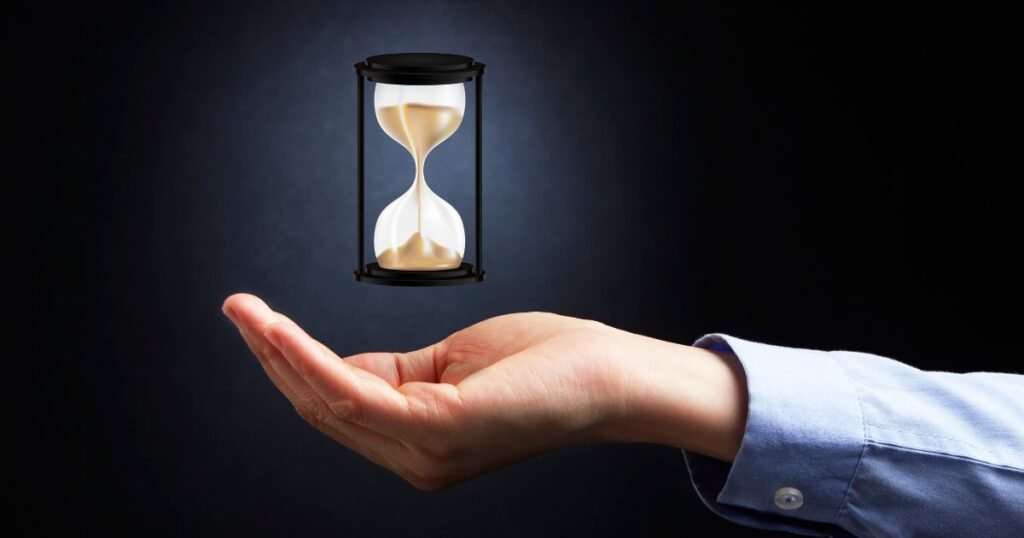
| Timeframe | Diet Type | Foods Allowed |
|---|---|---|
| First 24 Hours | Liquids and very soft foods | Broths, yogurt, applesauce, protein shakes |
| 2-3 Days | Soft foods | Mashed potatoes, oatmeal, scrambled eggs |
| 4-5 Days | Soft solid foods | Pasta, steamed vegetables, soft bread |
| 1 Week+ | Normal diet (avoid hard foods) | Most foods except very crunchy or sticky items |
https://www.ncbi.nlm.nih.gov/books/NBK589654
Potential Complications from Eating Too Soon
Eating solid foods too soon after wisdom teeth removal can cause several issues.
- Increased pain and swelling due to irritation of the extraction site
- Dislodging of the blood clot, leading to dry socket, which causes severe pain
- Infection occurs if food particles get stuck in the wound
- Prolonged healing time if the site becomes inflamed
Signs of Healing and When to Be Cautious
Most people begin to feel better within a few days, but complete healing takes about two weeks. If there is persistent pain, swelling, or signs of infection such as pus or fever, it is important to consult a dentist. Dry socket is a serious condition that occurs when the blood clot is lost too soon, exposing the bone. This can cause intense pain and requires professional treatment.
Final Thoughts
Eating the right foods and following proper care instructions can make a significant difference in the healing process after wisdom teeth removal. Starting with soft and liquid foods, gradually introducing solid foods, and avoiding hard or spicy foods can help prevent complications. With careful attention to diet and oral hygiene, recovery can be smooth and comfortable.
Webstory extracting wisdom teeth
15 FAQs on How Long After Wisdom Teeth Removal Can I Eat
After wisdom teeth removal, one of the most common concerns is when and what to eat. Eating too soon or choosing the wrong foods can cause pain, infection, or complications like dry socket. Below are the most frequently asked questions about eating after wisdom teeth removal, with detailed answers to help you recover smoothly.
How Long After Wisdom Teeth Removal Can I Eat Solid Foods?
You should avoid solid foods for at least 24 hours after wisdom teeth removal. During this period, only consume liquids and very soft foods like yogurt, applesauce, and soup. After 48 hours, you can begin eating soft, chewable foods like mashed potatoes, scrambled eggs, and pasta. Full recovery takes about two weeks, after which most people can return to their normal diet.
How Long After Wisdom Teeth Removal Can I Eat Crunchy Foods?
Crunchy foods such as chips, nuts, popcorn, and raw vegetables should be avoided for at least two weeks. These foods can get stuck in the extraction site, cause irritation, and delay healing. It’s best to introduce crunchy foods gradually after the two-week mark, ensuring there’s no discomfort.
How Long After Wisdom Teeth Removal Can I Eat Meat?
Soft meats like shredded chicken or ground turkey can be introduced after 3 to 5 days. However, tough meats like steak or pork should be avoided for at least 10 to 14 days, as they require more chewing and can strain the healing area. Always start with small bites and chew on the opposite side of your mouth.
How Long After Wisdom Teeth Removal Can I Eat Rice?
Soft rice can be eaten after 3 to 5 days, as long as it is not spicy or too sticky. Sticky rice or fried rice with small, hard pieces should be avoided for at least a week, as small grains can get lodged in the extraction site.
How Long After Wisdom Teeth Removal Can I Eat Ice Cream?
You can eat soft ice cream immediately after the surgery, as the cold can help reduce swelling and discomfort. However, avoid ice cream with crunchy mix-ins, nuts, or caramel, as these can irritate the extraction site. Also, limit dairy if it causes mucus buildup, as this can lead to discomfort.
How Long After Wisdom Teeth Removal Can I Eat Bread?
Soft bread without a hard crust can be eaten after 3 to 5 days. Avoid tough bread like bagels or French bread for at least 10 days, as they require excessive chewing, which can put pressure on the healing gums.
How Long After Wisdom Teeth Removal Can I Eat Spicy Foods?
Spicy foods should be avoided for at least one week. Spices like chili, hot sauce, and pepper can cause irritation and burning at the extraction site, leading to inflammation and delayed healing. Gradually reintroduce mild spices after a week and monitor your tolerance.
How Long After Wisdom Teeth Removal Can I Eat Pasta?
Soft pasta, such as plain noodles or macaroni and cheese, can be eaten after 3 to 5 days. Avoid pasta with spicy sauces, hard toppings, or ingredients that require heavy chewing. Allow the pasta to cool before eating to prevent irritation.
How Long After Wisdom Teeth Removal Can I Eat Pizza?
Pizza should be avoided for at least 7 to 10 days. The crust is usually too tough, and toppings like cheese and pepperoni can be chewy and sticky. Soft pizza without crust may be introduced after a week, but chewing should be done carefully.
How Long After Wisdom Teeth Removal Can I Eat Soup?
You can eat lukewarm or cool soup immediately after surgery. Avoid hot soup, as it can increase swelling and irritation. Stick to smooth soups like tomato, broth-based soups, or blended vegetable soups for the first few days.
How Long After Wisdom Teeth Removal Can I Eat Chocolate?
Soft chocolate, like melted chocolate or pudding, can be eaten immediately. However, chocolate with nuts, caramel, or crunchy bits should be avoided for at least 10 to 14 days, as these can irritate the extraction site.
How Long After Wisdom Teeth Removal Can I Eat Dairy Products?
Dairy products like yogurt and milkshakes can be consumed immediately after surgery. However, some people may experience nausea if dairy is consumed with pain medications. If this happens, it’s best to wait 24 to 48 hours before trying dairy again.
How Long After Wisdom Teeth Removal Can I Eat Popcorn?
Popcorn should be avoided for at least two weeks. The small, hard kernels can get lodged in the healing socket, increasing the risk of infection and dry socket. Even after two weeks, be cautious when eating popcorn and rinse your mouth thoroughly after consuming it.
How Long After Wisdom Teeth Removal Can I Eat Fast Food?
Fast food like burgers and fries should be avoided for at least a week, as they are usually greasy, hard, or require a lot of chewing. Soft fast food options like mashed potatoes or soft chicken sandwiches without crust can be introduced after a few days.
How Long After Wisdom Teeth Removal Can I Eat Normally?
Most people can resume a normal diet after two weeks, but full healing can take up to a month. It’s important to reintroduce harder foods slowly and listen to your body. If any food causes discomfort or pain, wait a few more days before trying it again.
Understanding how long after wisdom teeth removal you can eat different types of food is essential for a smooth recovery. Sticking to a soft diet for the first few days and gradually reintroducing solid foods will help prevent complications. If you experience prolonged pain or swelling, consult your dentist for further guidance.

Dr. Niraj Ghanghoriya is a passionate dental surgeon with over 12 years of experience in clinical dentistry. He completed his BDS from the prestigious Sri Aurobindo Institute of Dentistry in 2012 and specializes in painless root canals, smile makeovers, and preventive oral care. Known for his patient-first approach and clear communication, Dr. Ghanghoriya aims to make dental knowledge accessible to everyone. When he’s not in the clinic, he enjoys writing informative dental blogs to help people take better care of their oral health.
